Scholastic’s editions of Jeff Smith’s BONE were what originally put Steve Hamaker on the map, and he’s only improved since his introduction to the comics scene. After coloring over a dozen BONE graphic novels, Hamaker went on to color Jeff Smith’s follow-up RASL, Strangers in Paradise-related projects for Terry Moore and Scott Kurtz’s webcomic Table Titans. Recently he’s been producing his own webcomic named PLOX that shows off his illustrative chops as well as his honed coloring skills. I spoke to Steve about his background, workload and growth as a creator and storyteller.
Let’s start with the origin story. What brought you into comics?
I was working for a small toy design company that worked on license action figures. We did toys for lots of properties, like Street Fighter, Sonic the Hedgehog, Speed Racer, and BONE. I was the designer on BONE, so that’s where I met Jeff Smith. He hired me away from that job, basically the day I was being downsized, so it worked out perfectly.
Was coloring comics always the goal?
Actually no. I’ve always wanted to make my own comics. The toy design thing was a stepping stone, but I really did enjoy that as a creative career. Jeff inspired me and then taught me how to not only make comics, but how to self publish and promote them.
You only work with a select few artists. Jeff Smith, Scott Kurtz, Terry Moore… How do you decide who to collaborate with?
Well, Jeff happened to be my boss, so that was an easy choice [laughs]. Coloring BONE was a huge undertaking for us both. It taught me every technique I use, and made me fall in love with the whole process. Terry Moore is a good friend of Jeff’s, so that was also very natural to work with him. I have been a fan of Scott Kurtz’s since he started PVP, so I stalked him early on, and once the coloring of BONE got more and more attention he took notice. We became friends along the way too, so that adds another layer to it. Coloring BONE was really the flood gates opening for people taking notice of me. I have a lot more choices to be selective, and that makes a difference in how I approach the work.
With those artists and with PLOX you’re aiming a little outside the typical Wednesday Warrior demographic. Do you have any desire to color a “mainstream” comic?
I would be interested, sure. It would have to be meaningful subject matter to me, so hopefully the right book will come along. Technically, I have done some work for DC with Jeff’s Shazam story, and Marvel was very nice when I colored a Thor story for Terry Moore. Ironically, the bigger publishers pay better, usually give cover credit, and even pay royalties in some cases. That’s not why I would do it, though. It’s just good to see them treating colorists in an increasing positive way.
You mentioned marketing earlier. What kind of efforts do you make to market PLOX?
Right now it’s mostly social media, cross promotion with other online comics folks and general word-of-mouth. Terry Moore is running PLOX ads for me while I color his new SiP Kids mini series. Scott is obviously a great help with his PVP audience. He runs banners for my comic and I get to attend shows with him like GenCon and PAX. The audience building has been one of the most incredible experiences in making this comic. Seeing the reader numbers increase, but more importantly knowing that so many of them are genuinely invested in the comic.
I’d say your Patreon campaign is another form of marketing.
Yes! I haven’t given Patreon quite the love and attention it deserves, but it’s a great tool for reaching your audience. It’s tough because I have to spend so much time coloring or creating PLOX that I can’t devote the time to making the Patreon really engaging. It’s a Catch-22 of sorts. I hope to change that in the future.
It must also be hard to use something ongoing like Patreon that it is to promote something one-off like Kickstarter.
Yes. I haven’t done a Kickstarter yet for PLOX, but I plan to. I want to make sure the Kickstarter for the collected book is really well organized and rewarding for the donors, and especially that they won’t have to wait two years to get their stuff! I will most likely tackle that when I am really close to being done with the first PLOX story.
When will that be?
Hopefully later this year. I keep writing new scenes that push the ending back.
Now a question I’m sure you’ve been asked many times: what does “PLOX
mean?
I chose PLOX for the title from the idea of how our language has been affected and truncated on the internet. The word ‘please’ change to ‘pls’, then to ‘plz’, then gamers would type so fast that it became ‘plx’. Then people started speaking over the internet with Teamspeak and Ventrilo, and they would phonetically say “plox”.
It also looked cool as a logo.
How is “please” central to the story?
The word isn’t important really. It was the idea of how the internet can affect things like language, and in the case of my story, relationships.
Since the story is centered around a World of Warcraft-like game it would be easy to include a lot of fantasy visuals, but there aren’t many in PLOX. Was that intentional?
Starting out, I definitely envisioned that I would do in game cut-aways, like we do in Table Titans. After writing the first 3 or 4 chapters, I realized that the game isn’t the central ‘thing’ about the story, and it didn’t seem appropriate anymore.
The dream sequences were key for showing the in game avatars, however. That was a big breakthrough for me in writing this.
It’s really important to me that people can read PLOX and not have to know everything about Warcraft. The story is semi-autobiographical, so I felt like I had to include the game because it was tied up with my emotional state and daily life during that time.
It’s a story about three people. That’s hopefully compelling enough [laughs]. I’m half-kidding. I love that it has the gamer slant to it, and it affords a lot of opportunity for comedy, but I don’t want it to be a barrier of entry for my readers.
Chad would be a dick to his Bingo group down at the church. The game could be anything.
What do you like about the square page layout?
It looks good on the computer [laughs]. Honestly, I wanted the comic to take up more space. I could have gone rectangular sideways, I realize.
The format was kind of mystical for me actually.
It kind of cracked my brain for writing and layout… in a good way! I was struggling with writing a comic page in the conventional format, and the square page just liked me more. I can see pages and scenes before I draw them much more easily.
So you find the four or less panels a page more freeing than restricting?
Exactly.
I think a lot of people who come from more of a writing background would feel the opposite.
I wouldn’t doubt that. I’m not complaining, but It’s a very daunting task to write, draw and color a long form comic. It was a crucial thing for me to overcome in order to move ahead.
Oh, totally. I was just kind of musing on the differences. I feel like in the creative process artists (whether they be illustrators, writers, etc.) do best when they limit the number of things they take chances with. Like how you should only have one or two variables in a science experiment.
I think it’s different for everyone, to some extent, but I agree that limits can (not do) make better art. You can agonize over every aspect of the writing or drawing, but in the end, you need to stop and share it with the world. That’s why God created editors and deadlines.
Where are you kind of taking risks with PLOX?
I don’t have as many fears as I did when I started. The risks were numerous. Can I write, draw, and color the whole story by myself, will people like my art… or my writing for that matter!
The character of Kim being gay was also scary for me. I’m not gay, so I had this huge weight over my head that was telling me to abandon it.
The more I wrote and thought about each character the less scared I was. It sounds cheesy, I know, but they really started to tell me what they needed.
I think of a setting or a story from my own life, and the characters just kind of embed themselves into it like they were always there.
I know I’m not a really great writer, but I try to be honest with the story in every way.
I disagree with that last part, but well said! Last question: what’s inspiring you? Whether it be comics, stories, life, whatever.
Well, thank you. I’m proud of the writing, don’t get me wrong. I just don’t have an inflated ego that I am doing something new or groundbreaking.
The last few years since I got married and my son was born, my real life has been the most influential. I have art and music that I enjoy, but my friends and family are the ones that really push me forward.
You can check learn more about Steve at his website, follow him on Twitter, support his Patreon campaign and read PLOX at plox-comic.com.





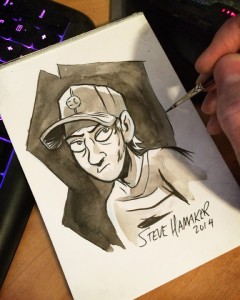
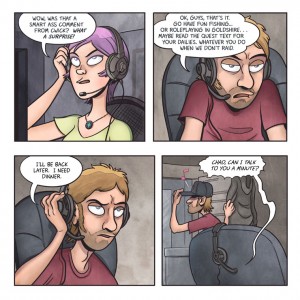
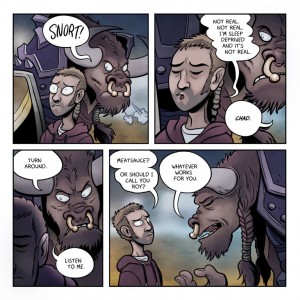
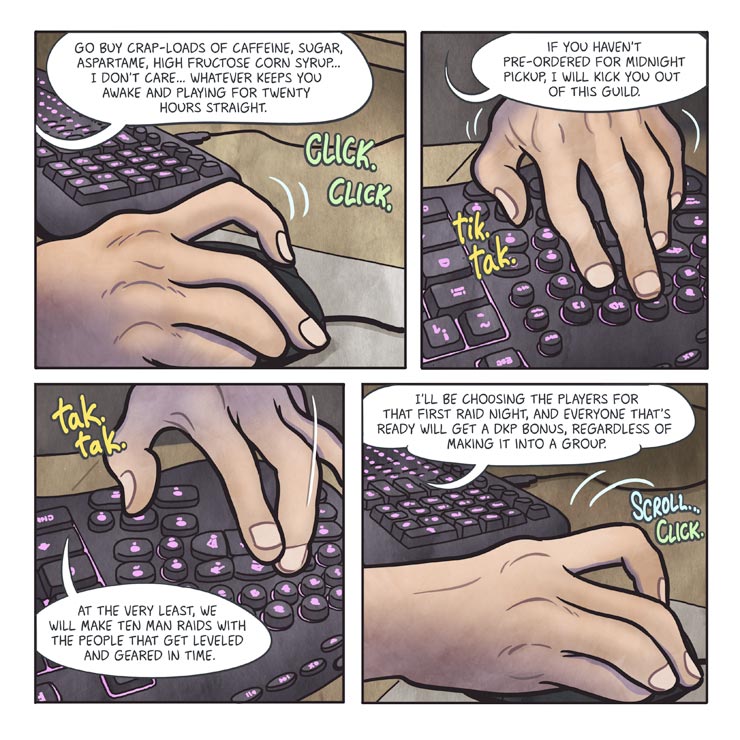
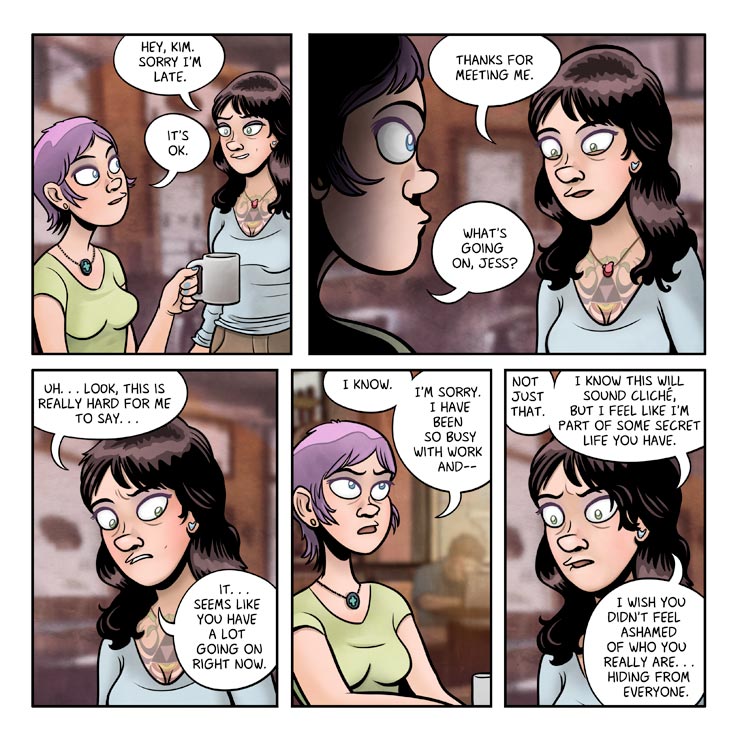

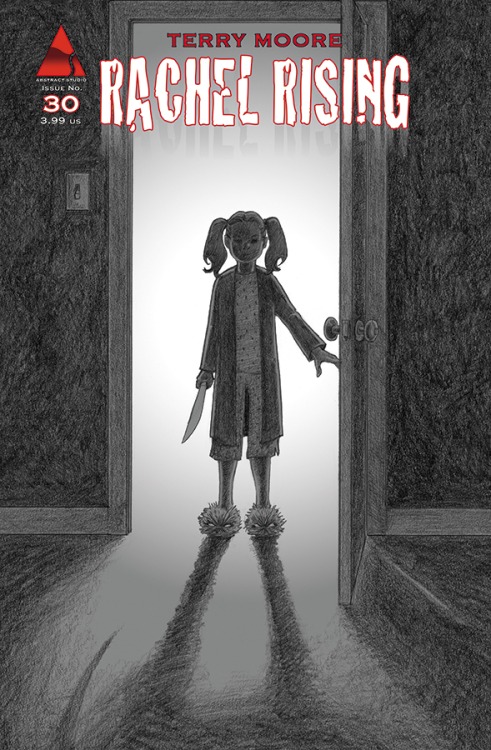
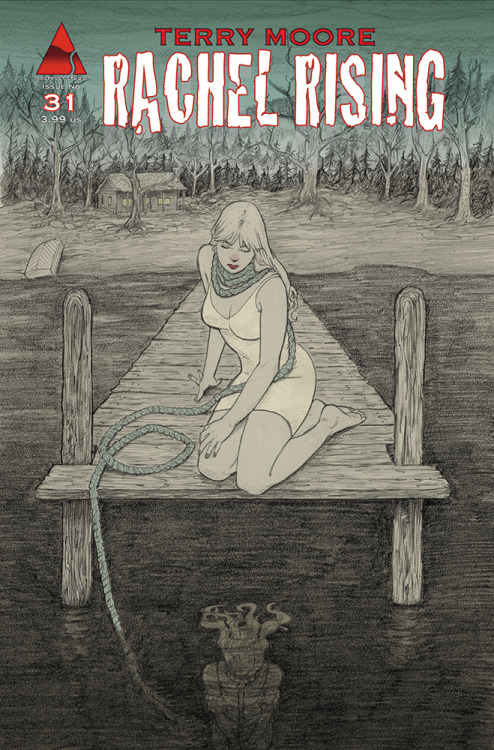
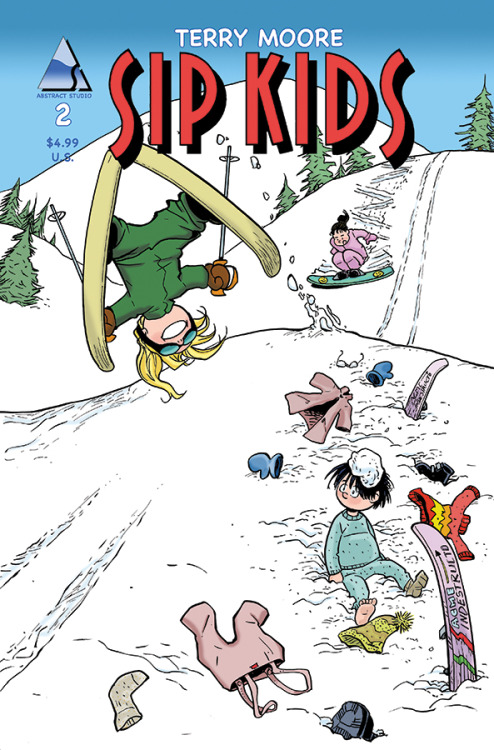
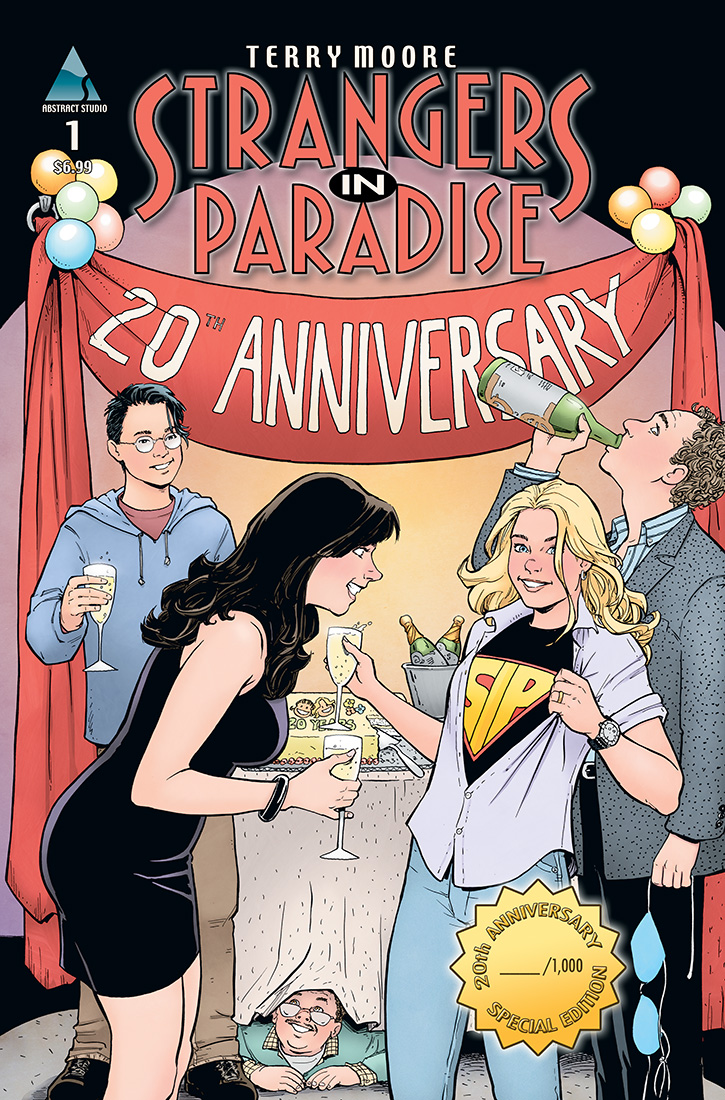

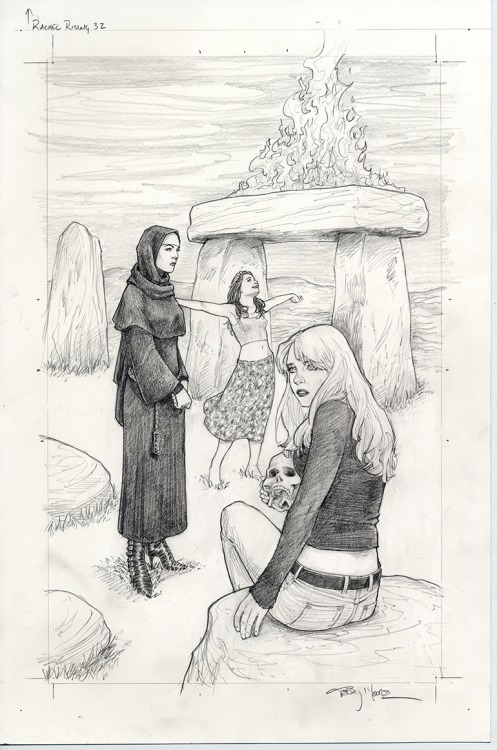

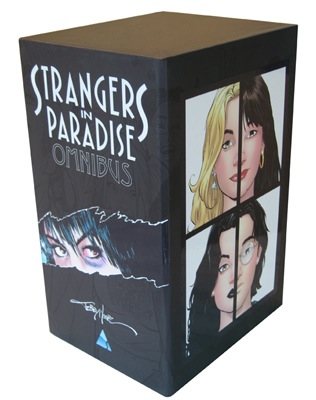
I identify with Terry’s challenges in creating a ‘for profit’ indie comic series. Terry’s well known, (I bought his ‘How To Draw’ book last year) and by contrast, my wife and I are real rookies. But we are giving it all we have. Our all ages title is full colour and locally printed in small runs. Brittle Hill retails for $3. It’s very popular in my province, but the challenge is in getting wider distribution. We’re selling it digitally too, and the challenge there is just to get the word out to create a critical mass of buyers. As Terry says, it’s a different climate in comics these days, and we are all adapting to it.
Thanks for this interview with one of comics’ best creators. I’m happy to hear Terry is sticking with it despite the drawbacks of self-publishing and low sales. His body of work, and currently Rachel Rising, is among the best and most interesting comics has to offer. I’m glad he addressed pricing, as $3.99 for 18 pages is my only heartburn on the series. But I can say it is well worth it and I would buy such quality at almost any price. If you like quality comics and are not reading Terry Moore books, give them a chance!
I buy Rachel Rising in the trades, and it is one of my favorite comics ever. Thanks for turning the spotlight on this gifted creator. I’ve noticed that Amazon has not always had the Rachel Rising trades; I’m not sure if that’s Terry Moore’s choice or Amazon’s.
“I’ve noticed that Amazon has not always had the Rachel Rising trades;”
Oh, it’s not just Amazon. Barnes & Noble has only ever had the first on its website and seemingly none in stores, online graphic novel retailer Tales of Wonder only ever has the most recent, and comic book stores in this area generally don’t seem to carry the trades at all. I can understand Terry Moore’s reluctance to work with a publisher and share the already-low profits, but I can’t help but think that an Image, Dark Horse, or IDW would provide a book like Rachel Rising with broader distribution reach and a greater level of marketing that might help bump sales and offset the costs.
Hope he’s able to persevere, Rachel Rising is a great book and I’ve purchased all the trades thus far (once I managed to find ‘em).